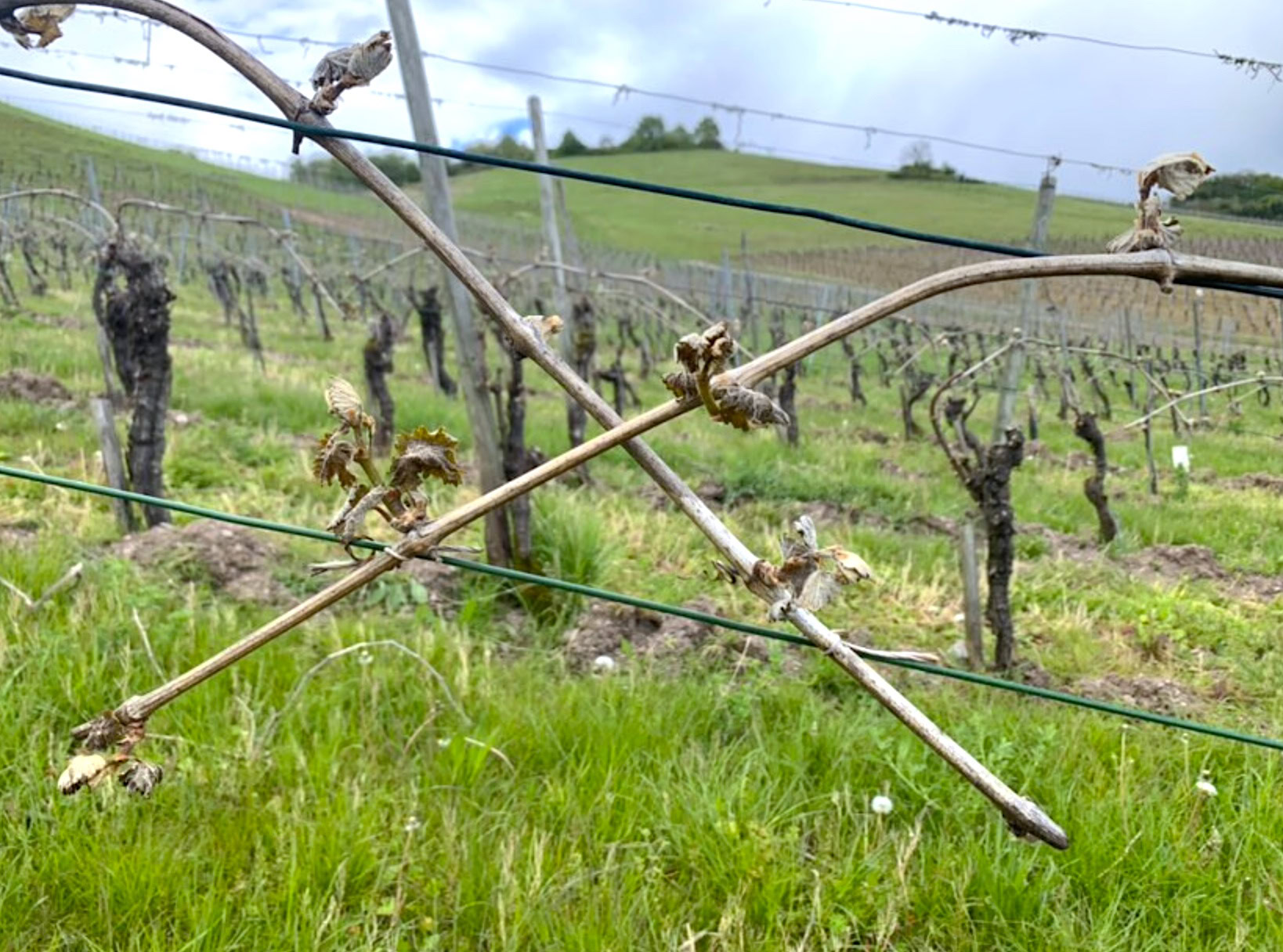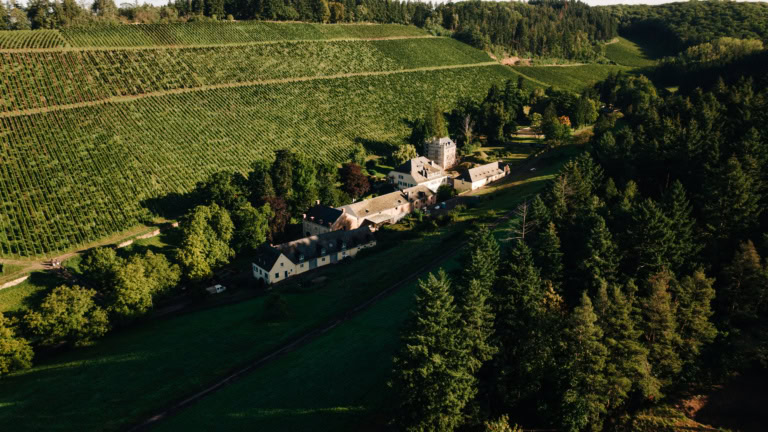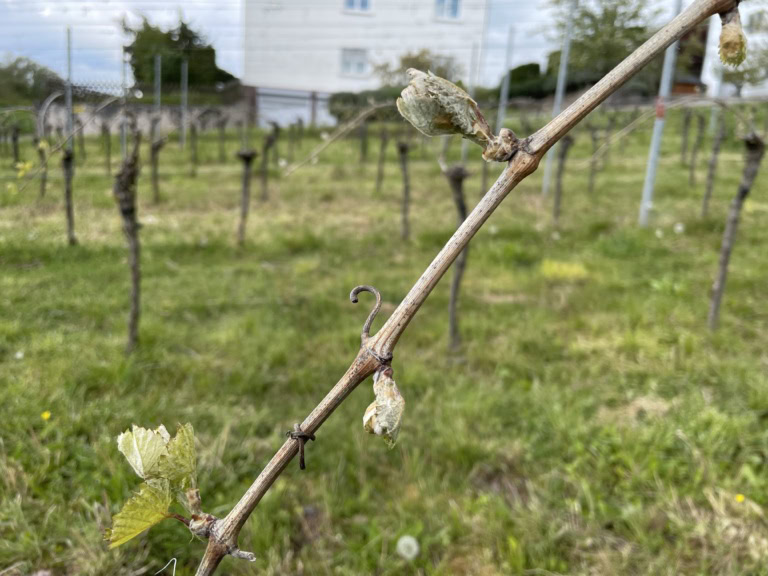Frost Bites Vintage 2024

April arrived like a lamb and went out like a lion, leaving a swath of massive frost damage in its wake for the 2024 vintage.

April arrived like a lamb and went out like a lion, leaving a swath of massive frost damage in its wake for the 2024 vintage.

We British are not the world’s most noted linguists, but that doesn’t seem to put off some of us from drinking “German-speaking” wines. That said, the market for these wines has had a rough ride at times, which makes their current increasing popularity all the more intriguing. Germany has historically boasted a well-established presence in the U.K. wine market. In the 19th– and early 20th– centuries German wines were famously on par with Bordeaux, Burgundy, Champagne, and Port in terms of price. After the fall of Napoleon, the Rhineland and the Mosel both entered a period of prosperity, initiated by…...

Learn more about the most dynamic way to interact with 120 producers in just one weekend.

10 sparkling secrets of the sekt generation.

A new direction is taking shape at an ancient estate in the Ruwer.

Berries without borders for some member estates in 2024?

I’ve been a fan of B sides since, well, pretty much since there have been B sides. Record companies have historically used vinyl’s flipside as a holding pen for unreleased or less desirable concept material. Pieces that don’t fit the brand; supplementary songs with minimal hopes and lower aspirations. Filler. Yet, to me B sides embody the edgy and unpredictable, the vulnerable creative underbelly of both artist and medium. Let’s call rosé, the pink “wunder” of the last decade, our A side. Industry figures show that rosé now constitutes some 9% of the global wine market. Thirty-nine percent of wine drinkers in…...
Enjoy unlimited access to TRINK! | Subscribe Today